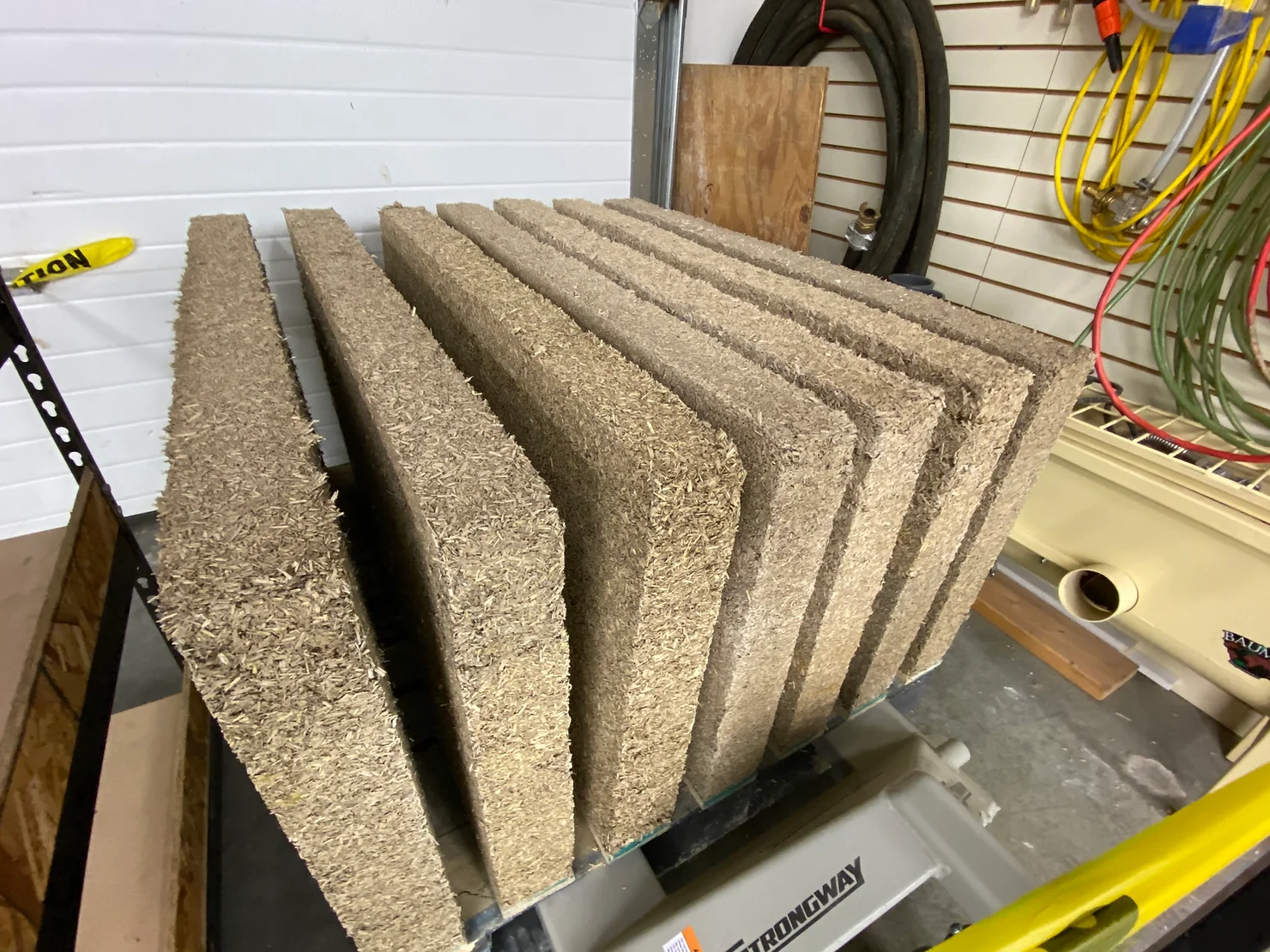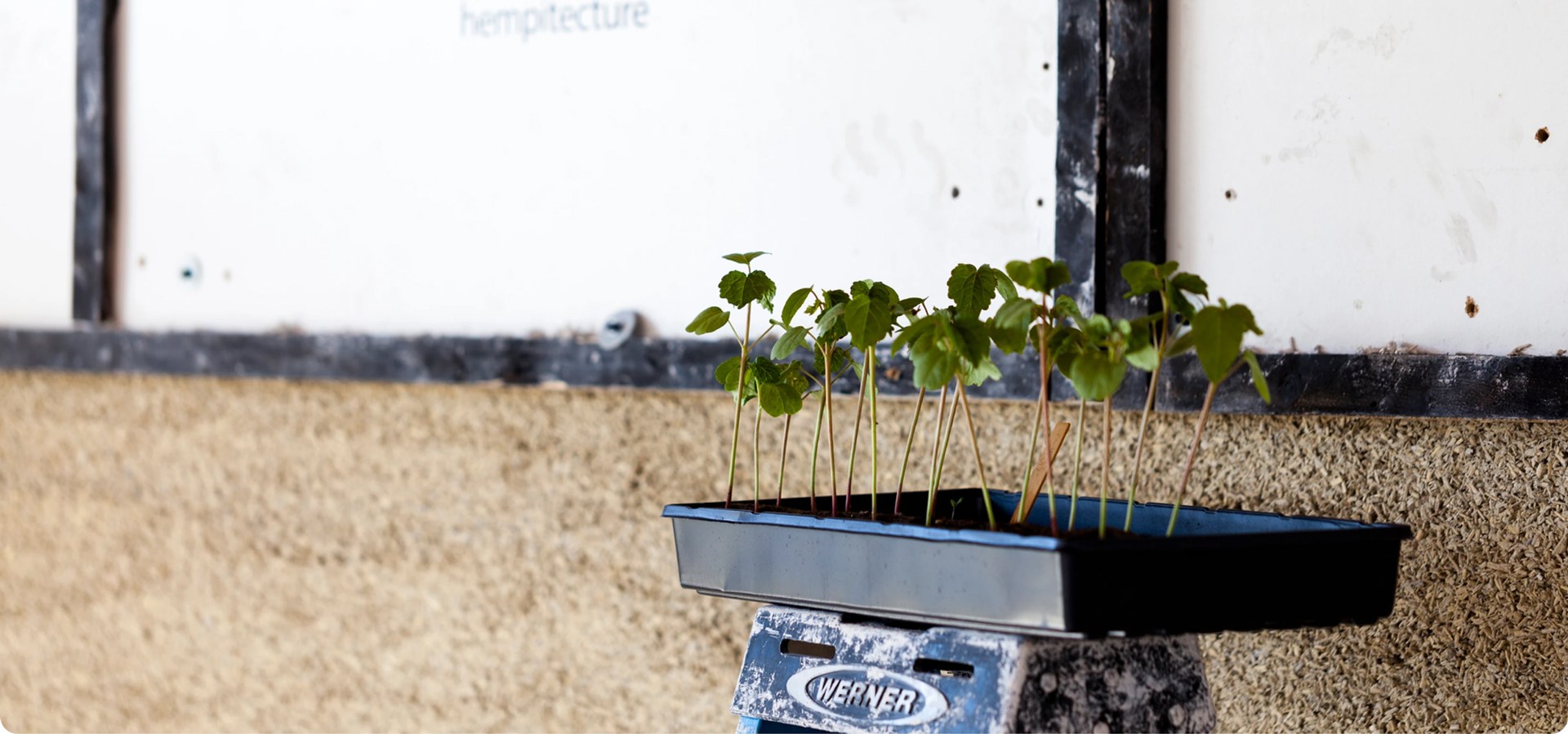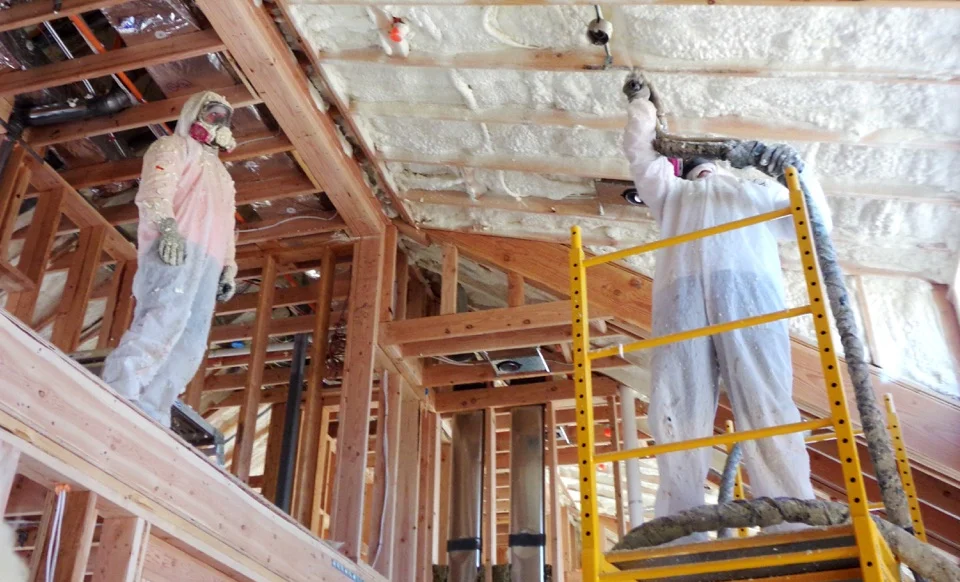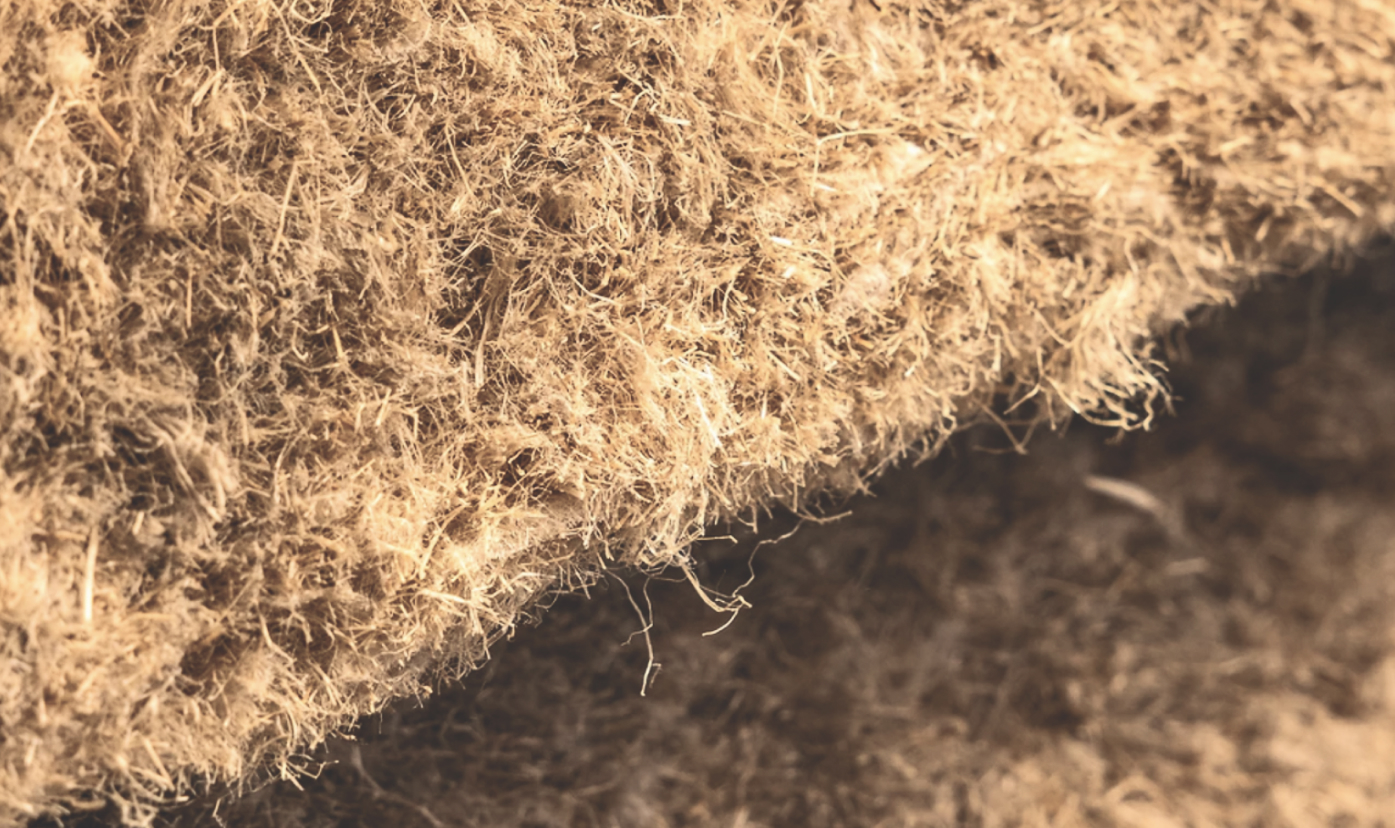Traditional carpet underlayment poses significant environmental challenges due to its reliance on non-renewable materials, chemical off-gassing, non-biodegradability, and energy-intensive production. By opting for sustainable alternatives, we can reduce our environmental footprint, improve indoor air quality, and promote a healthier planet. Making informed choices about the materials we use in our buildings is a crucial step toward a more sustainable future.
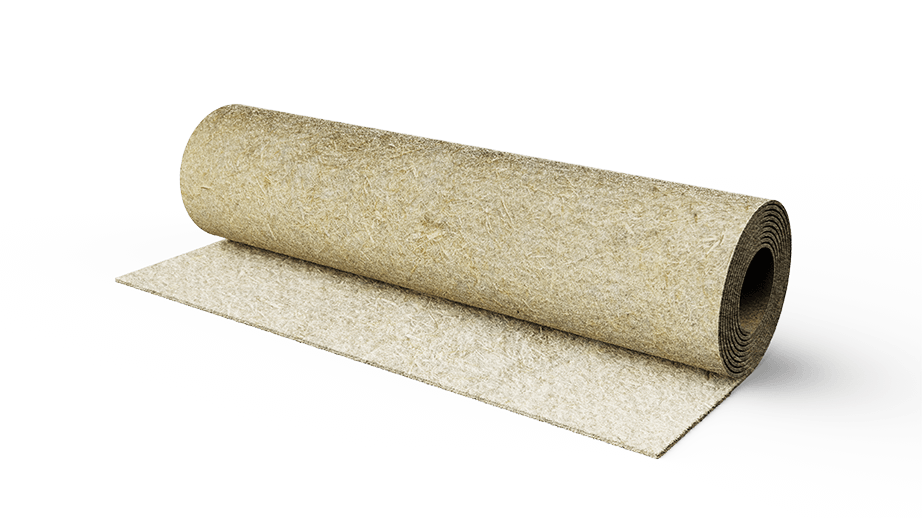
Carpet underlayment (carpet padding) is a crucial component in the flooring industry, providing comfort and extending the life of carpets. However, traditional carpet underlayment materials have significant environmental drawbacks. Industrial petrochemical based synthetic polymers make up most carpet underlayments. These polymers, or plastics, include Polyethylene Terephthalate, High-Density Polyethylene, Polyvinyl Chloride, Polypropylene, and more. Generally, these materials have high carbon footprints, making them unsustainable feedstocks for carpet underlayment. While the use of plastics is widely accepted and they have their appropriate applications, often synthetic carpet padding is made up of low quality plastics that break down over time. When walking over your carpets, synthetic rebond underlayment can release microscopic dust that becomes airborne, contributing to health concerns.

The Unfortunate Reality
Chemicals have their place in the world, but we don’t have to live with them if there’s an alternative! Traditional carpet underlayments often contain volatile organic compounds (VOCs) and other chemicals that can off-gas into the indoor environment. These chemicals can contribute to indoor air pollution, which poses health risks such as respiratory problems, headaches, and allergic reactions. Prolonged exposure to VOCs can have more severe health effects. So avoiding materials with VOCs is generally a no-brainer good idea.
Bam.Boom.Zap.Repeat! The manufacturing process for traditional carpet underlayments is energy-intensive. Producing synthetic materials requires significant amounts of energy, primarily from fossil fuels.

All things have an end. When traditional carpet underlayments reach the end of their useful life, they typically end up in landfills. Since these materials are not biodegradable, they persist in the environment for centuries. This growing problem of plastic waste eventually finds its way to our water systems, rivers, lakes and oceans. Not only do these discarded materials take up valuable landfill space but also pose risks to wildlife and ecosystems. Recycling traditional carpet underlayment materials is challenging due to the complexity of their composition. Many underlayments are made from a blend of different materials that are difficult to separate. This limits the ability to recycle and repurpose these products, resulting in more waste.
The reality is that all consumer products have a downstream impact that we don’t always consider.
A Healthy and Sustainable Option
This is why we’ve engineered FiberPad: to make homes healthier, sustainable, and to have less impact both on our own indoor environment, as well as our planet. FiberPad isn’t just a healthier choice for your home, it’s a more sustainable choice. FiberPad is manufactured with US grown hemp fiber. Hemp fiber is a natural bast fiber from the industrial hemp crop that is durable, moisture wicking, and requires minimal to zero pesticides or fertilizers to produce. During its growth, the hemp plant captures carbon dioxide, storing it in the soil and in the plant mass itself. As a result, FiberPad has a low to negative carbon footprint, thanks to the carbon sequestering capabilities of industrial hemp.
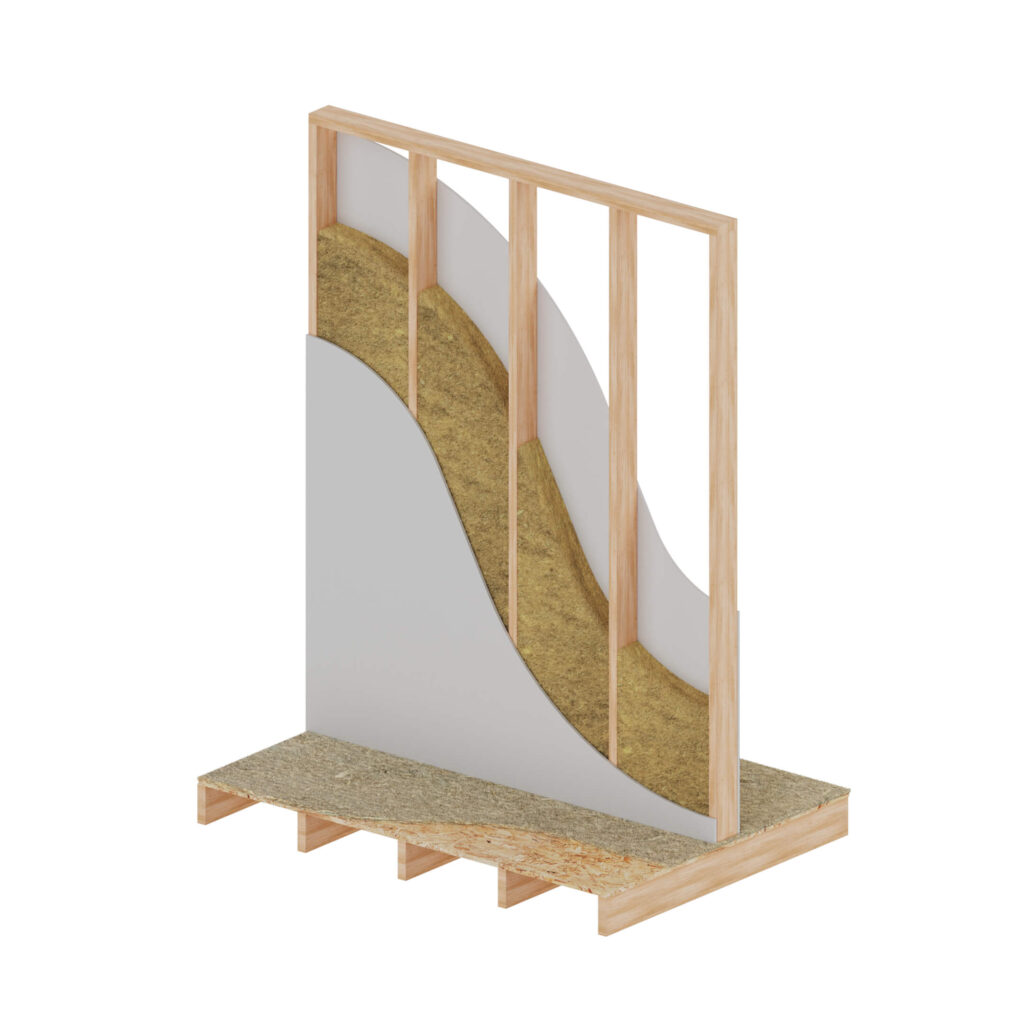
FiberPad is Red List Ingredient free, has no VOCs, entirely non-toxic, and is tested in accordance with International Building Code Standards. Oh wait, it’s also produced in our Idaho facility which is powered by 100% clean renewable energy. FiberPad’s simple composition and clean bio-based additives makes it safe to handle without gloves. It has an effective r-value of 1.8 which contributes to thermal energy performance, and acts as an acoustical absorption layer that mitigates impact sound transmission in floor systems, contributing to whole home comfort.
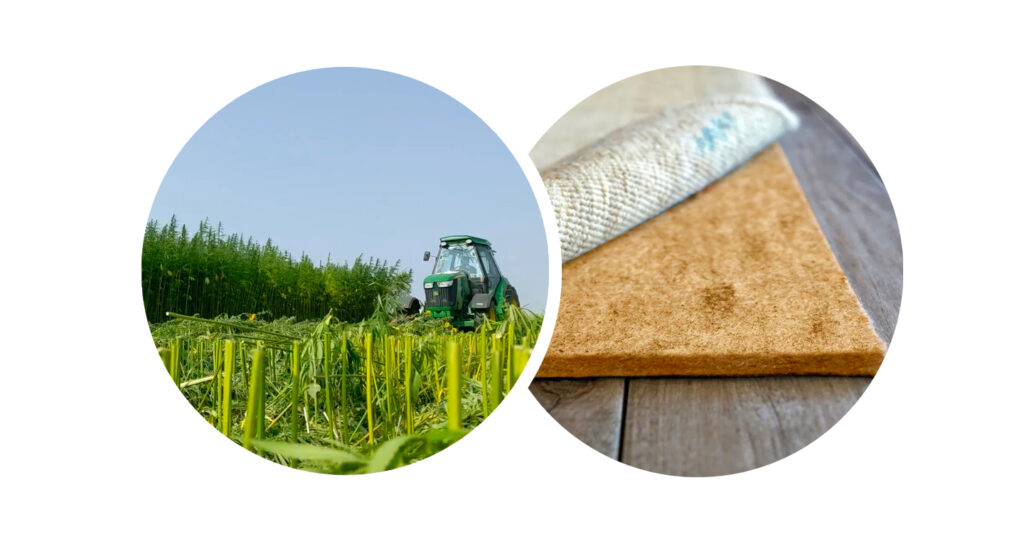
Further discovery:
